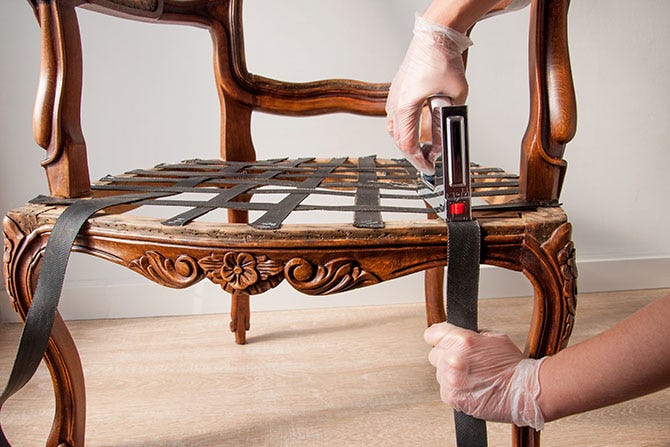Furniture Restoration: Breathing New Life into Old Pieces
Furniture restoration is an art form that combines craftsmanship, creativity, and sustainability. Whether it’s a vintage dresser handed down through generations or a charming wooden chair picked up at a flea market, restoring furniture offers the chance to preserve history while adding personalized charm to your home. In an age of mass production and fast furniture, restoration brings with it a sense of character, uniqueness, and value.

What Is Furniture Restoration?
Furniture restoration involves repairing, refinishing, or reupholstering old or damaged furniture to return it to its former glory. Unlike simple repairs, restoration respects the original construction and style of the piece. It can be as minimal as cleaning and polishing or as involved as replacing missing parts, removing old finishes, and applying new coats of varnish or paint.
Restoration may focus on retaining the historical integrity of antique pieces, or it can be more flexible — modernizing a piece while preserving its structure. The goal is to extend the life of the furniture, improve its appearance, and restore its functionality.
Why Restore Instead of Replace?
One of the biggest benefits of furniture restoration is sustainability. Instead of discarding old furniture and buying new pieces, restoring allows you to reduce waste and conserve resources. It keeps usable materials out of landfills and reduces the demand for new raw materials.
Restoration also holds emotional and monetary value. Heirloom furniture often carries sentimental significance, and restoring such items helps keep family history alive. Vintage and antique pieces, when properly restored, can also appreciate in value and become investment-worthy over time.
Moreover, old furniture is often made with superior craftsmanship and high-quality materials that are difficult to find in modern mass-produced items. Solid wood construction, hand-carved details, and custom upholstery can all be preserved through skilled restoration.
Common Restoration Techniques
Restoration methods depend on the type of furniture and its condition:
Cleaning and Polishing: For minor wear, a good clean and polish can dramatically improve appearance.
Stripping and Refinishing: Removing old paint or varnish and applying a new finish can breathe new life into wood pieces.
Repairing Structural Damage: Re-gluing joints, replacing broken parts, or reinforcing frames restores functionality.
Reupholstering: Fresh fabric, foam, and padding can modernize or revitalize old chairs, sofas, and ottomans.
Woodworking and Veneering: Skilled artisans can repair chipped veneer or damaged carvings with precise techniques.
DIY vs. Professional Restoration
Many homeowners enjoy tackling small restoration projects themselves. DIY restoration can be rewarding and cost-effective for basic tasks. However, antique or highly valuable pieces should be entrusted to professional restorers who understand historical techniques and materials.
Professional furniture restorers can assess the age, materials, and construction style of a piece and restore it without diminishing its authenticity. They also have access to specialized tools, finishes, and expertise not typically found in a home setting.
Final Thoughts
Furniture restoration is more than just a repair job — it’s a way to celebrate craftsmanship, preserve memories, and contribute to a more sustainable lifestyle. Whether you choose to refinish a family heirloom or transform a vintage find, restoring furniture Dubai can add both beauty and value to your living space. By honoring the past, you create something that will last well into the future.


Comments
Post a Comment